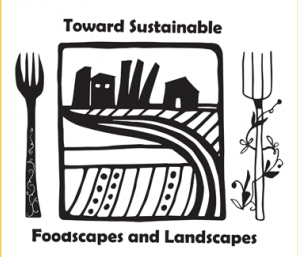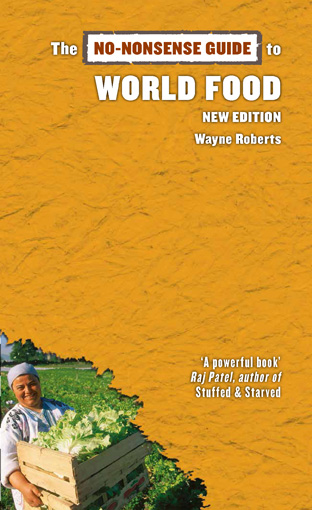Irena Knezevic, Postdoctoral Fellow, FoodARC
Mount Saint Vincent University
and
Erin Nelson, Postdoctoral Fellow, University of Guelph
Institute for Community Engaged Scholarship / Research Shop
 The 2013 Community-University Expo, an international gathering of people committed to collaborative research partnerships, was held in Corner Brook, NL in the second week of June. Some 400 attendees from 12 countries brought with them fascinating stories of successes, obstacles, challenges, and rewards of community-based research. For the entire four days the event overflowed with an almost feverish brand of enthusiasm that proved contagious and impossible to contain. The conference was well-planned and well-executed – with credit being equally shared by CU Expo organizers and volunteers, the City of Corner Brook, the Grenfell Campus of Memorial University, and the province’s Office of Public Engagement.
The 2013 Community-University Expo, an international gathering of people committed to collaborative research partnerships, was held in Corner Brook, NL in the second week of June. Some 400 attendees from 12 countries brought with them fascinating stories of successes, obstacles, challenges, and rewards of community-based research. For the entire four days the event overflowed with an almost feverish brand of enthusiasm that proved contagious and impossible to contain. The conference was well-planned and well-executed – with credit being equally shared by CU Expo organizers and volunteers, the City of Corner Brook, the Grenfell Campus of Memorial University, and the province’s Office of Public Engagement.
Whether it was the opening event (with a keynote address by Canada’s Governor General, the Right Honourable David Johnston) or the Friday night “kitchen party” at the local Legion, the conference was marked by a fine balance of remarkable professionalism and relaxed hospitality that is the trademark of Newfoundland and Labrador.
If there was a complaint to be had, it must have been the difficulty of choosing a session to attend. With several concurrent sessions in various time slots, the program was packed with excellent content ranging from hands-on opportunities to make art (or even butter!), to tours of local community centres and projects, to more traditional sessions that focused on such topics as institutional frameworks for community-university partnerships, using social media effectively, and ethical challenges in community-based research.

Erin and Irena
Both of us (Erin and Irena) were at CU Expo wearing two hats – we travelled with partners from our respective postdoc placements, and we also participated in the conference’s Engagement Fair on behalf of Nourishing Ontario.

The fair was a two-hour event featuring an incredible array of booths, displays, and posters. While the 4-6pm time slot might have seemed like an opportune moment for people to steal some down time, the place was buzzing for the full two hours, with connections being made, stories being shared, and snacks being enjoyed.

Our contribution to the fair was a poster presenting the conceptual mapping work done by Phil Mount for our Models and Best Practices Report. The maps seemed to catch people’s attention, and roughly 60 attendees stopped to chat with us and ask questions about Nourishing Ontario’s work. We received lots of positive feedback, and a few people took advantage of the laptop on hand to test the open access software used for the mapping.

Agriculture, Food and Human Values Society Conference, 2013
One week later, the poster was in Michigan for another conference, where Nourishing Ontario regional teams presented on current and upcoming work. At the same conference, Mount discussed the food systems mapping with an engaged room of artists, academics and practitioners, in a well-attended, thought-provoking workshop on visualization. However, you don’t have to travel to see our poster!
Just click here!






